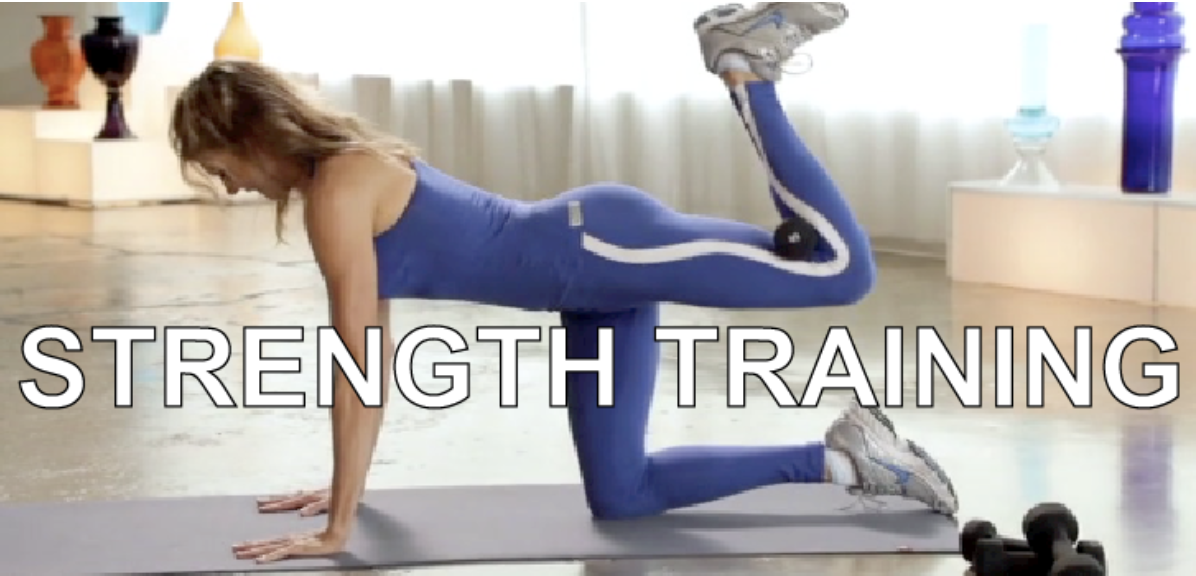Age-Proof Your Knees
The headline that caught my eye this week was “Age Proof Your Knees!” Perhaps it’s those extra miles I’ve been hiking recently, knowing that snow is due this weekend. And now, I’m feeling a little sensitive in my knees. I liked Harvard Health Beat’s concise overview of what happens to knees with age…and what you can do about it!
Fortunately, there are ways to fool Father Time and postpone knee problems or even prevent them entirely.
Your knees absorb a huge amount of pressure with every step — typically one-and-a-half times your body weight. That pressure, plus regular wear and tear, takes a toll over time. Muscles and ligaments get weaker. The knee’s two shock absorbers — pads of cartilage called menisci — start to deteriorate. So does the articular cartilage protecting the ends of the leg bones where they meet at the knee. If you have a family history of osteoarthritis, if you’re overweight, or if you’ve had some knee injuries, you may be more prone to this deterioration.
When the cartilage is gone, the bones rub against each other, and you end up with pain, stiffness, and swelling.
By following these strategies, you can help keep your knees as young as you feel.
Strengthen the muscles – Boosting muscle strength stabilizes the knee joint and helps the muscles absorb stress you place on the knee. Strengthening should start with the quadriceps and hamstrings in the thighs, but it shouldn’t end there. “In the old days, we just strengthened the quads. Now we know that it’s also important to strengthen the hip and core muscles to maximize function of the knee,” says Dr. Richardson.
One of Dr. Richardson’s exercise recommendations is a body squat.
Squats are designed to help strengthen the quadriceps, hamstrings, glutes and core. With regular practice, these types of exercises can help postpone knee problems and keep you pain free.
He also recommends a “step up” to strengthen your core, hip, and leg muscles. “Stand and face a staircase, and then rotate your body 90 degrees,” he explains. “Hold on to the banister. Place the leg closest to the stairs onto the first step, and straighten that leg so that your other leg is off the ground. Lower yourself back down. Repeat that exercise 10 times, and then do the exercise with your other leg.”
Lose weight. If you’re overweight, each additional pound you carry translates to another 4 pounds of pressure on the joints. A 20-pound weight gain, for example, would add 80 pounds of pressure on your knees. Losing weight relieves pressure and pain on the joints.
Increase range of motion. “Most people’s joints get stiffer with age, and there’s clear evidence that people with better motion have fewer symptoms, especially if they can straighten the knee. So it’s important to work on getting the knee straight.”








